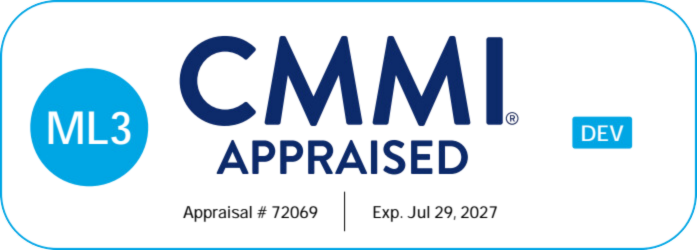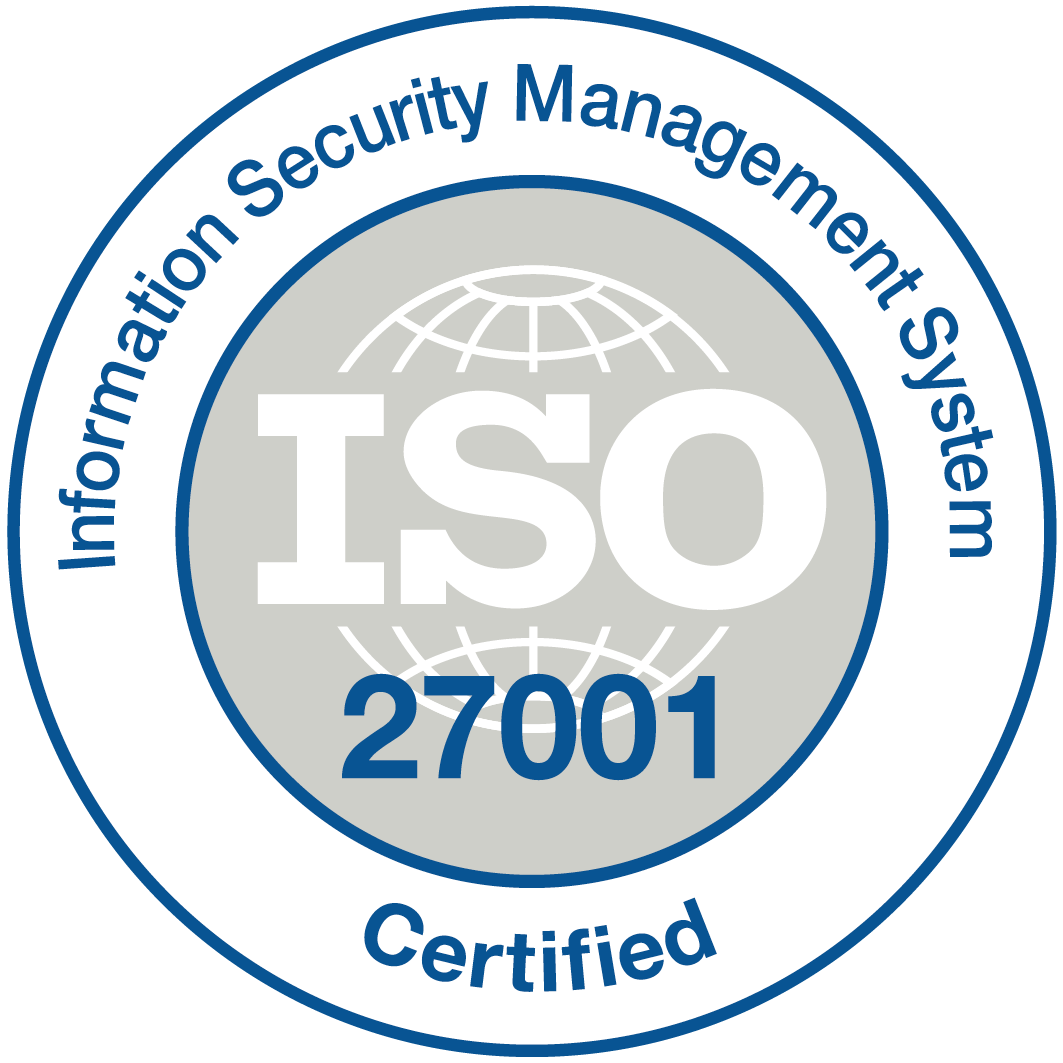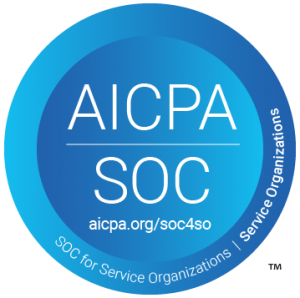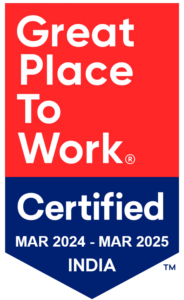
Application Platform as a Service (aPaaS): The Key to Faster, Smarter App Development in 2026
Reading Time: 6 minutesApplications are the driving force behind modern businesses. From the everyday apps on our phones to the sophisticated enterprise software that powers global operations, organizations depend on applications to stay competitive. Yet, traditional app development remains slow, expensive, and limited, hindering innovation and agility. With over 5 million apps available across major app stores and

Navigating the Agile Framework Essential Insights for Modern Business in 2026
Reading Time: 9 minutesDid you know? According to a McKinsey survey, companies that adopt agile practices are 70% more likely to rank in the top quartile for organizational health. It’s not just a framework, it’s a catalyst for future business leaders and sustainable growth. In a world where change is constant and technology evolves faster than ever, embracing

The Top 10 BPM Podcasts you must listen to in 2026
Reading Time: 7 minutesWith technology adoption across businesses all over, the way of deriving information to assist with learning and gaining knowledge has changed significantly as well. The Top 10 BPM Podcasts is a helpful article to give you a gist of the best listens we have come across. Podcasts, in general, have evolved from niche media over

Workflow-First Application Modernization: A Smarter Path to Enterprise Transformation
Reading Time: 5 minutesWorkflow-first application modernization is a modernization approach that prioritizes fixing how work moves across people, systems, and approvals before rebuilding or replacing applications. It focuses on orchestrating end-to-end workflows—across legacy and modern systems—to remove delays, manual handoffs, and operational friction. This shift is becoming critical because traditional application modernization is no longer delivering the business

Data Silos: Breaking down the basics in 2026
Reading Time: 9 minutes“You can have data without information, but you cannot have information without data.” – Daniel Keys Moran “You can have data without information, but you cannot have information without data.” daniel keys moran Data is quickly becoming a currency today, and thus its importance only grows with time. Every business needs to find a smart

Top 20 Essential Books for BPM – Business Process Management
Reading Time: 11 minutesBPM or Business Process Management requires professionals to carry out the streamlining of processes without any unexpected trouble. This is definitely a huge responsibility on their shoulders. There are very many resources online and offline to learn about No-Code BPM; we have assessed a number of books to provide the top 20 business process management

How Process Automation Accelerates Digital Transformation
Reading Time: 8 minutesWhat if you could share organizational data across departments and ensure that everyone has timely access to information; what if certain events in one department automatically triggered work streams in another? Well, you can. This can be done with process automation. An effective system to automate your business processes can increase efficiency and improve communication

Process Mining 101: Unveiling the Dynamic Secrets of Your Business Workflows
Reading Time: 8 minutesIf there are two phrases we are hearing much too often today, they are “digital transformation” and “automation.” Of course, this drastic change was overdue, but the pandemic catapulted it, eliminating any and all excuses for procrastination. If a business has to survive this uncertainty, it has to make digital transformation its key focus, the

Digital Process Automation – The Secret Weapon for Business Growth
Reading Time: 14 minutesThe tech world is full of new advancements and jargon. Often, it is hard to keep track of them. It is also very easy to confuse between two or more terms because they all seem alike. Digital Process Automation (DPA) has been a victim of this confusion. It is an important aspect of digital transformation

HR Workflow Debt: The Hidden Cause of Poor Employee Experience
Reading Time: 5 minutesEmployee experience has moved from a “nice-to-have” to a strategic business priority. Organizations invest in engagement platforms, wellness programs, DEI initiatives, and regular feedback surveys—yet many employees still feel frustrated, unheard, and disengaged. The disconnect isn’t due to a lack of effort or intent.It’s due to something far less visible but far more damaging: HR














